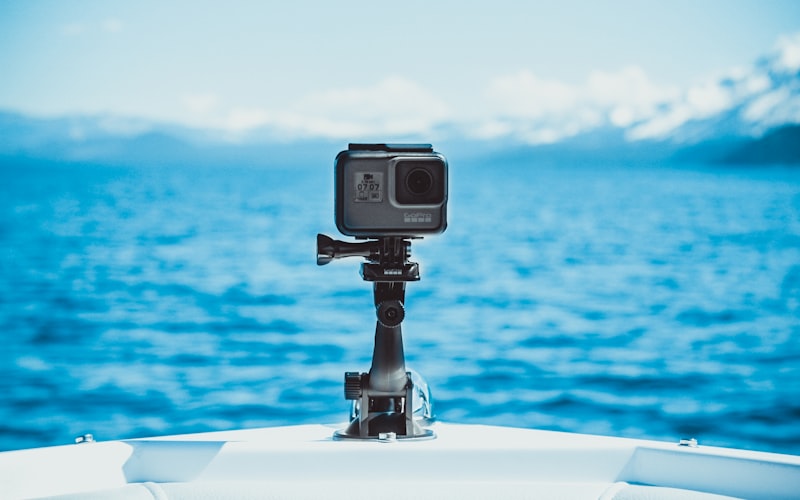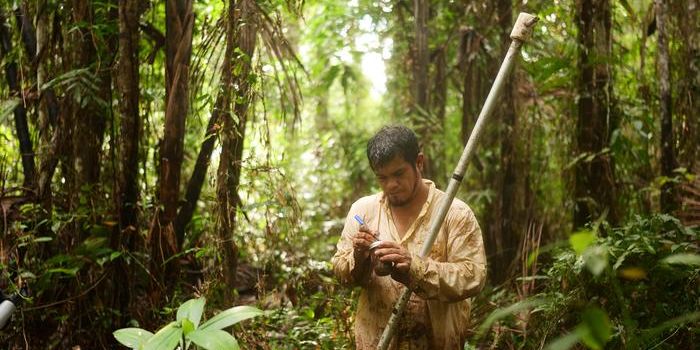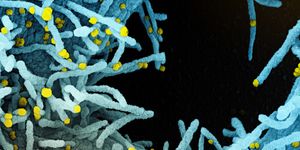Tiny Cameras: Viewing The World Through an Insect
Researchers have sought to develop cameras that ‘ride’ on the backs of insects, giving us an opportunity to explore the world from their view. The study parallels the movie “Ant-Man” where the character shrunk to a size small enough to fit on the back of an ant.
Findings were published in the journal Science Robotics and describes how researchers at the University of Washington developed a tiny wireless steerable camera. The camera streams video at 1 to 5 frames per second on a mechanical arm pivoting 60 degrees.
"We have created a low-power, low-weight, wireless camera system that can capture a first-person view of what's happening from an actual live insect or create vision for small robots," said senior author Shyam Gollakota, a UW associate professor in the Paul G. Allen School of Computer Science & Engineering. "Vision is so important for communication and for navigation, but it's extremely challenging to do it at such a small scale. As a result, prior to our work, wireless vision has not been possible for small robots or insects."
The video to smartphone viewing captures a high-resolution panoramic track of a moving object on minimal energy usage.
"Similar to cameras, vision in animals requires a lot of power," said co-author Sawyer Fuller, a UW assistant professor of mechanical engineering. "It's less of a big deal in larger creatures like humans, but flies are using 10 to 20% of their resting energy just to power their brains, most of which is devoted to visual processing. To help cut the cost, some flies have a small, high-resolution region of their compound eyes. They turn their heads to steer where they want to see with extra clarity, such as for chasing prey or a mate. This saves power over having high resolution over their entire visual field."
"One advantage to being able to move the camera is that you can get a wide-angle view of what's happening without consuming a huge amount of power," said co-lead author Vikram Iyer, a UW doctoral student in electrical and computer engineering. "We can track a moving object without having to spend the energy to move a whole robot. These images are also at a higher resolution than if we used a wide-angle lens, which would create an image with the same number of pixels divided up over a much larger area."
Learn more:
Source: Science Daily










